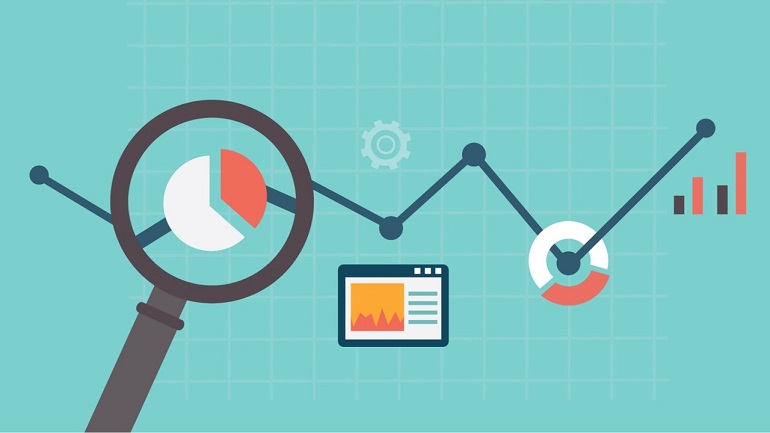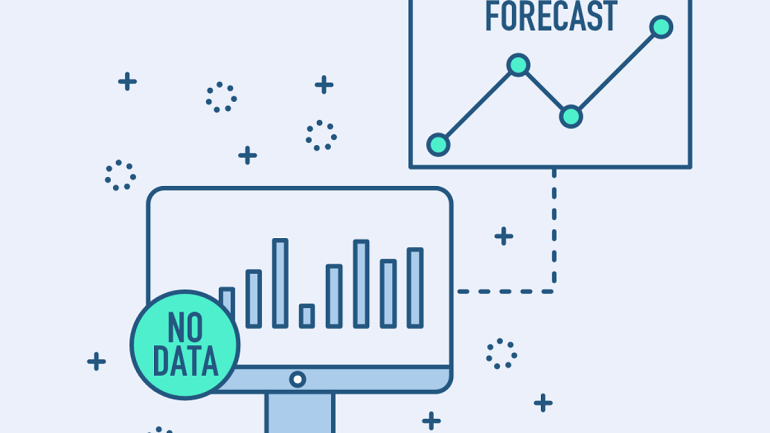



Use Python to Forecast Demand, Traffic & More for SEO




Python Can Help You in Forecast Demand, Traffic & More
Python is a versatile language that can be used for a variety of tasks, including forecasting. In this article, we’ll show you how to use Python to forecast demand, traffic and more for SEO.
Forecasting is the process of applying statistical algorithms to historical data in order to predict future events. Forecasts are often used by businesses to determine what they believe will happen in the future. They help predict demand, revenue, and traffic based on what happened in the past. For example, you might be asked to predict how much monthly search demand there will be for a specific keyword.
Forecasting is necessary because it helps managers make informed business decisions based on reliable data instead of their own personal guesses (which may not always be accurate). And although forecasting can seem like an overwhelming task, Python makes this process quick and easy by automating the steps involved with building forecasts. Python’s pre-built modules make it possible for even those without much coding experience to do all of the following:
As someone working in SEO, if you know Python, you can easily create Python scripts to build forecasts and deliver better insights as a result.

What Python can do for SEOs
With Python, you can turn unstructured data into usable information. Python is an excellent tool for those in SEO because it has pre-built modules that are designed to process text by extracting relevant metadata from websites. This makes Python the ideal option for working with keyword research tools like SEMrush or Moz’s Keyword Explorer, which provide numerous metrics related to search volume, difficulty score, SERP features, etc. And because Python is easily able to handle large volumes of data without slowing down or crashing the program (unlike Excel), you can easily perform tasks that would previously have taken hours within just minutes. Python also allows you to automate repetitive tasks, such as extracting all of the URL parameters from a list of links and removing duplicates. Python can even access Google’s Spreadsheet API to pull keyword data directly from your account in order to build forecasts.
Let’s get started!
Before we get started with Python, here are a few terms that will help you understand how Python works:
1) Importing vs. including Python files: Python modules must be imported into projects before they can be used in Python scripts. Similar to importing a spreadsheet, the import statement is included at the top of your Python file before any other code is written. In comparison, Python files can contain multiple functions, classes, etc., which are all added when the file is run.
2) Variable: A Python variable is a named container that stores a certain type of data. In Python, all variables must be assigned a value before they can be used in a script.
3) Data types: Python has six basic data types: int (integer), float (floating point number), str (string), bool (boolean), list, and tuple.
4) Loops: Loops allow you to repeat a certain set of code multiple times. The most common Python loop is the for loop, which lets you iterate through each item in a given sequence (e.g., a list or tuple).
Now that we’ve gone over the basics, let’s start building a Python script to forecast SEO traffic.
Importing the necessary Python Modules
Before we can start writing our Python script, we first need to import the necessary Python modules. The modules that we will be using in this example are pandas for data processing and matplotlib for visualizing our data.
import pandas as pd
import matplotlib.pyplot as plt
Advantage of Python in Forecasting
First, let’s take a look at how to forecast demand. Python has several libraries that can be used for forecasting, including Statsmodels and Pandas. In order to forecast demand, you’ll need to first collect data on past sales or traffic. Once you have the data, you can use Python to create a model that predicts future demand.
Next, let’s take a look at how to forecast traffic. Again, Python has several libraries that can be used for forecasting, Statsmodels and Pandas. To forecast traffic, you’ll need to collect data on past traffic levels. Once you have the data, you can use Python to create a model that predicts future traffic levels.
Finally, let’s take a look at how to use Python to forecast other SEO metrics, such as revenue and PageRank. Python has several libraries that can be used for forecasting, Statsmodels and Pandas. To forecast revenue or pageRank, you’ll need to collect data on past revenue or PageRank levels. Once you have the data, you can use Python to create a model that predicts future revenue or PageRank levels.
Conclusion
As you can see, Python is a powerful tool that can be used for forecasting SEO metrics. By using Python, you can accurately predict future SEO metrics, which can help you make intelligent business decisions. Python is a versatile language that can be used for many different tasks.








